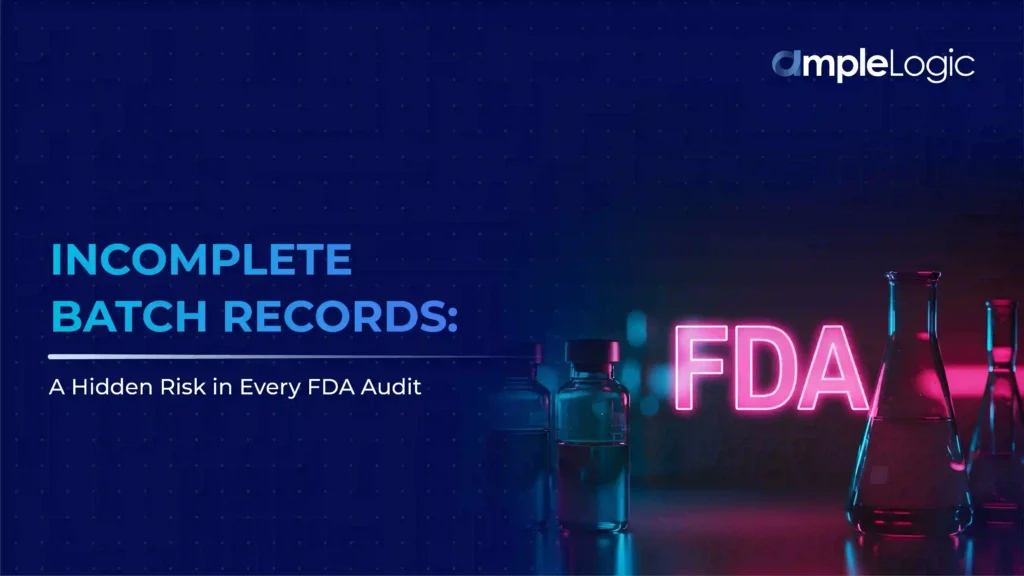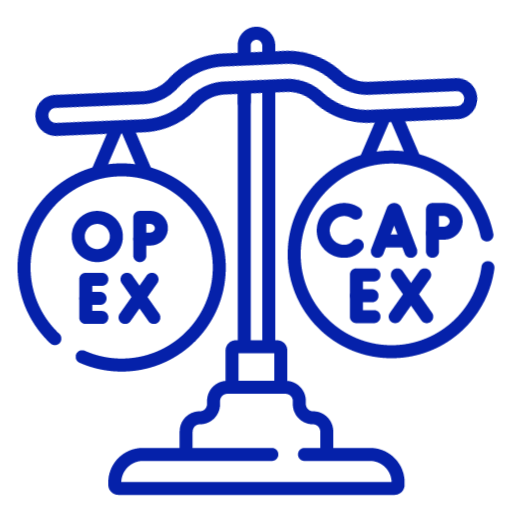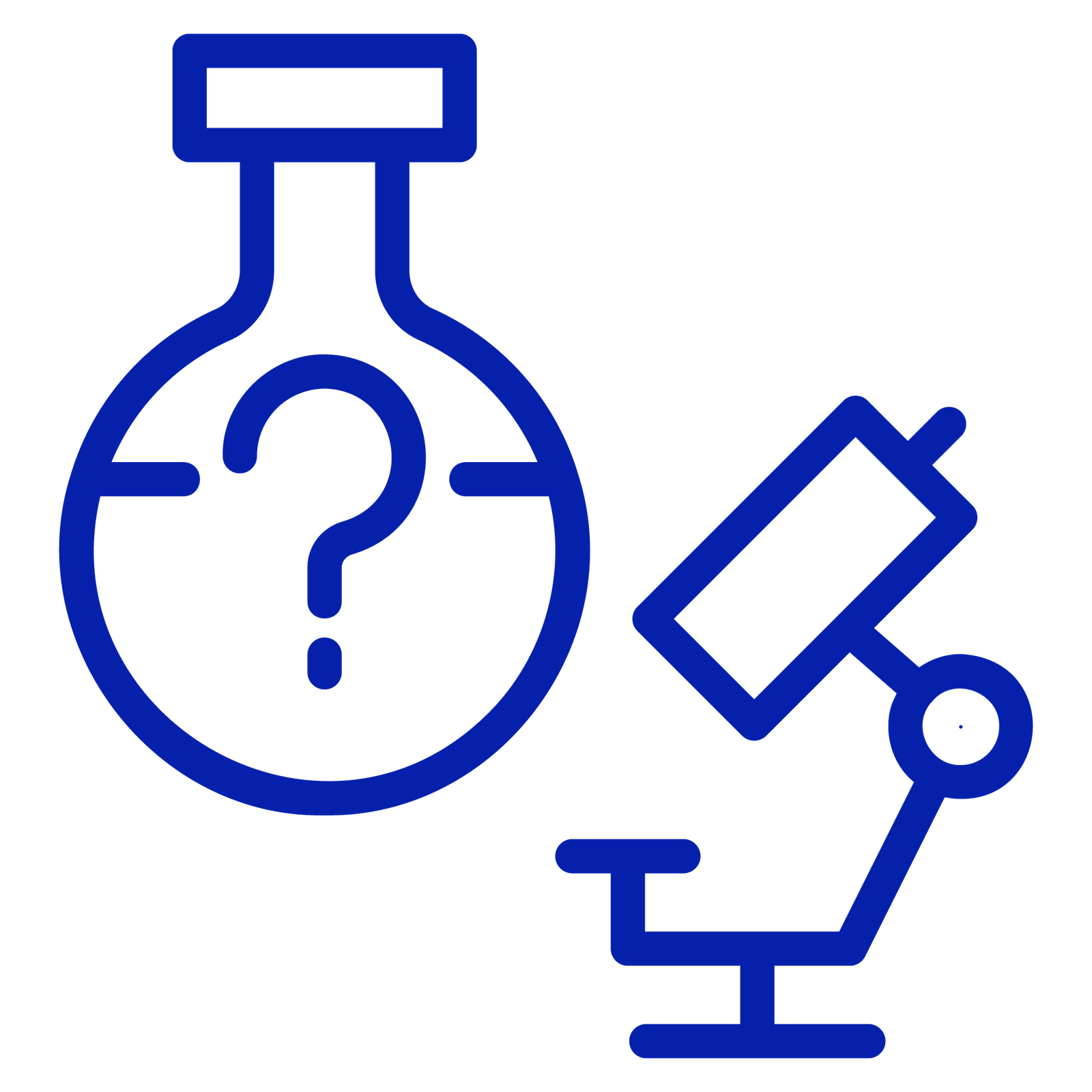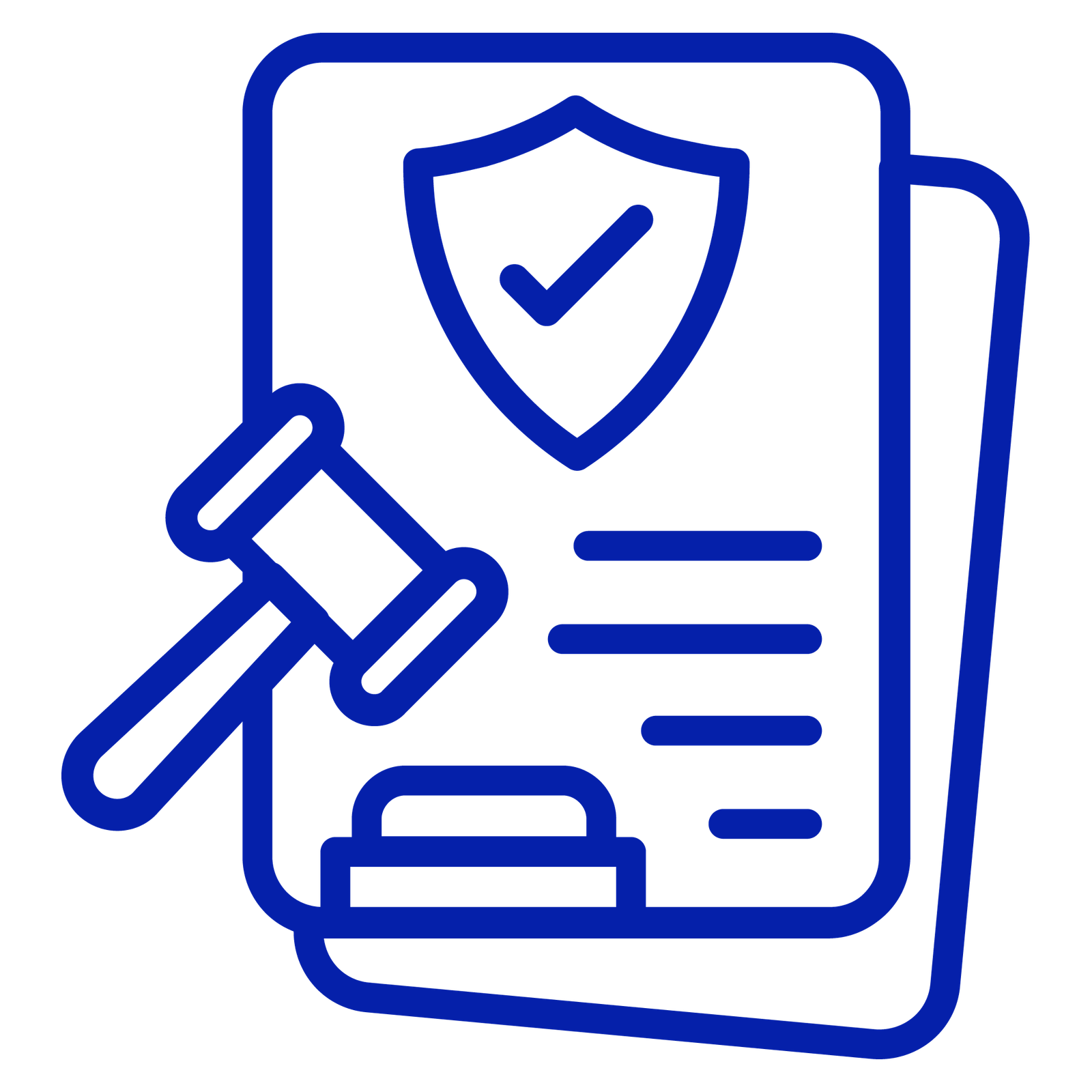
The FDA 510(k) clearance process is a pre-market regulatory pathway for bringing many medical devices to market in the United States. If you manufacture Class II devices or non-exempt Class I devices, understanding the 510(k) submission requirements can significantly impact your product launch timelines and regulatory compliance.
This guide covers everything you need to know from device eligibility and substantial equivalence to submission documentation, timelines, and software requirements.
What is FDA 510(k) Clearance?
The 510(k) process, also known as premarket notification, is a regulatory mechanism that allows the U.S. Food and Drug Administration (FDA) to review a medical device before it’s marketed. To obtain 510(k) clearance, manufacturers must prove their device is “as safe and effective” as a legally marketed predicate device.
This is typically required for moderate-risk Class II devices, and some Class I devices that aren’t exempt. In contrast, Class III high-risk devices require more rigorous Premarket Approval (PMA).
Once cleared, the FDA issues a Substantially Equivalent (SE) letter and a unique 510(k) number, authorizing the product for U.S. commercial distribution.
Which Medical Devices Require 510(k) Submission?
If your device is not exempt and doesn’t require PMA, you will most likely need a 510(k) clearance. According to the FDA, roughly 53% of medical devices fall into the Class II category (most of which require 510(k) clearance).
Examples of devices requiring 510(k):
- Infusion pumps
- Blood pressure monitors
- Insulin pens
- Pregnancy test kits
- Imaging scanners
- Catheters
Even after clearance, if you modify a device in a way that may affect safety or performance, a new 510(k) submission is required.
Note: FDA’s product classification database can be used to determine your device’s class, exemption status, and whether a 510(k) is required.
Understanding Substantial Equivalence and Predicate Devices
The core of any 510(k) submission is the concept of substantial equivalence (SE).
A device is considered substantially equivalent if:
- It has the same intended use as the predicate, and
- It either has the same technological characteristics, or
- Has different characteristics that do not raise new questions about safety and effectiveness.
If your device includes new features (e.g., software algorithms), you must include testing and validation data to show they don’t introduce new risks.
Key Documents in a 510(k) Submission
Preparing a 510(k) dossier means compiling a comprehensive technical file. According to 21 CFR §807.87, your submission must include:
- Device name, description, and classification
- Establishment registration information
- Intended use and indications
- Proposed Labels, packaging, and Instructions for Use (IFUs)
- Comparison chart vs. predicate
- Safety and performance testing data evidence (e.g, safety, performance, and software validation data)
- Risk analysis (ISO 14971-compliant)
- Software validation documents (if applicable)
Typical test data includes:
- Biocompatibility
- Sterilization and shelf life
- Electrical/mechanical safety
- Bench and clinical testing (if needed)
- Cybersecurity controls for software devices
The goal is to show your device is as safe and effective as its predicate.
FDA 510(k) Review Process and Timeline
The 510(k) process has multiple phases. Here’s what to expect:
| Step | Timeline (Approx.) | Details |
|---|---|---|
| Refuse-to-Accept (RTA) Review | 7–15 days | FDA checks for missing elements or formatting |
| Acknowledgement Letter | 1–2 weeks | Issued upon acceptance, includes 510(k) number |
| Substantive Review | ~60 days | Interactive Q&A with reviewers |
| Final Decision | ~90 FDA days | FDA issues SE (cleared) or Not SE decision |
Common Mistakes to Avoid in a 510(k) Submission
Here are 7 common pitfalls to improve your chances of clearance of a 510(k):
- Many submissions fail because the intended use and indications aren’t consistently stated across labeling, summaries, and comparison tables.
- Skipping the FDA’s RTA checklist often leads to missing required documents and delays. Submitting without complete test data, like sterilization, shelf-life, or biocompatibility, is a common and unacceptable mistake.
- Inadequate risk management documentation with weak hazard analysis can make the device appear unsafe.
- Companies often poorly explain differences with predicate devices or fail to justify how those differences are still safe.
- A common misconception is that 510(k) clearance equals FDA approval, which it doesn’t.
- Ignoring FDA guidance documents, especially for software or UI-based devices, can seriously hurt your submission.
Remember: 510(k) is not FDA approval. It simply confirms substantial equivalence to a legally marketed device, not independent FDA validation of safety and efficacy.
Special Considerations for Software in Medical Devices
If your product includes embedded software or is a Software as a Medical Device (SaMD), the FDA requires specific documentation.
Include the following for software-enabled devices:
- Software architecture and requirements
- Risk/hazard analysis
- Verification and validation reports (per IEC 62304)
- Human factors and usability (per IEC 62366)
- Cybersecurity risk mitigation plan
- Software test logs and version control
FDA’s 2023 guidance titled “Content of Premarket Submissions for Device Software Functions” is the go-to resource for meeting current expectations.
To strengthen your software medical device strategy, document all AI/ML algorithms clearly and validate their performance with ongoing post-market monitoring. Implement continuous risk management and real-world surveillance, especially for software and AI-enabled devices. Stay current with the upcoming IEC 62304 revision that expands requirements for AI/ML software. Integrate cybersecurity into your quality system per FDA and QMSR guidance, and follow FDA rules on when software changes require new 510(k) submissions. Finally, leverage the FDA Q-Submission program for early feedback to streamline regulatory approval.
How to Prepare for 510(k) Compliance During Product Development
The key to a smooth 510(k) clearance is regulatory planning from day one.
Best practices include:
- Implement a quality system (21 CFR Part 820, ISO 13485)
- Use design controls (21 CFR 820.30) from concept to release
- Maintain a Design History File (DHF)
- Perform regular design reviews and risk assessments
- Align product requirements with testing and verification
- Use standards like ISO 14971, IEC 62304, IEC 60601, etc.
- Use the FDA’s Q-Submission (Q-Sub) Program to get early feedback
- Select an appropriate predicate via the FDA’s 510(k) database
Consider using electronic QMS or document control systems to track approvals, version control, and audit trails.
Conclusion: Achieving a Successful FDA 510(k) Clearance
Navigating the FDA 510(k) process can be complex, but with the right preparation, it is manageable. Focus on substantial equivalence, compile complete and well-organized documentation, and stay updated with FDA guidance. Building compliance into your product development cycle will reduce delays and increase your chances of a successful clearance.





























